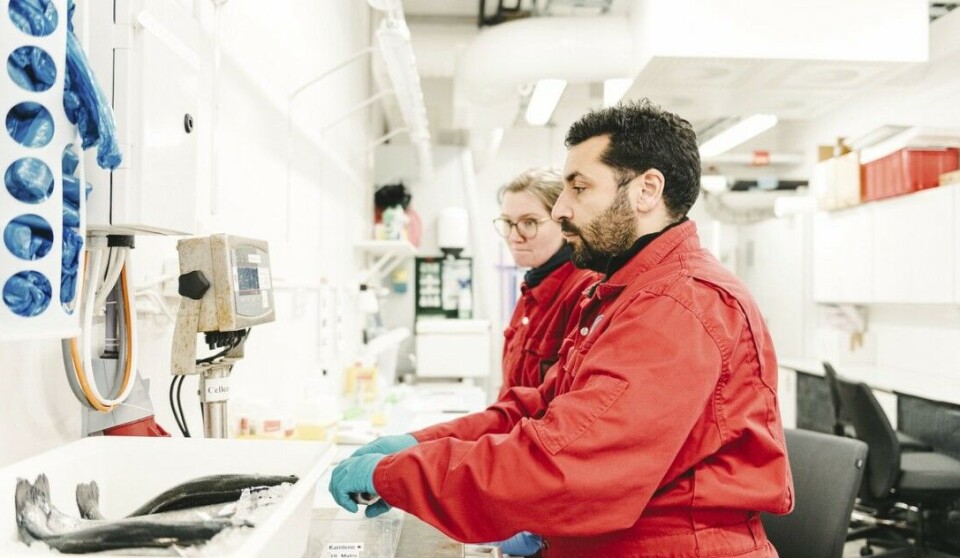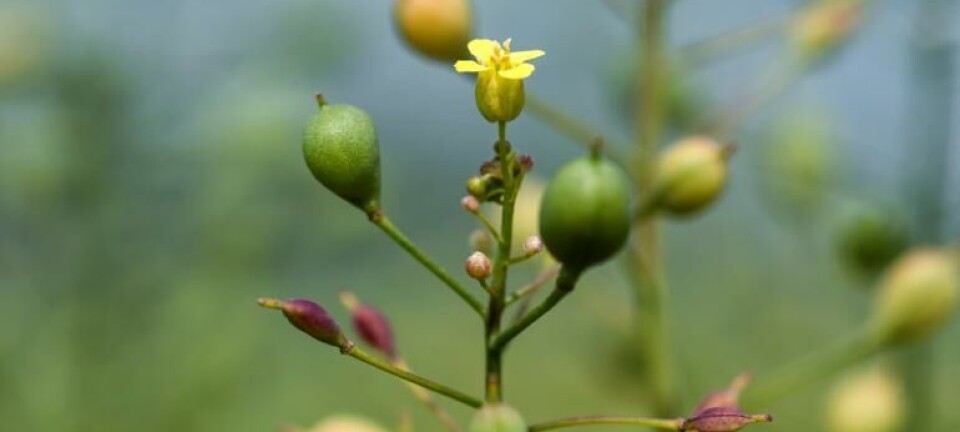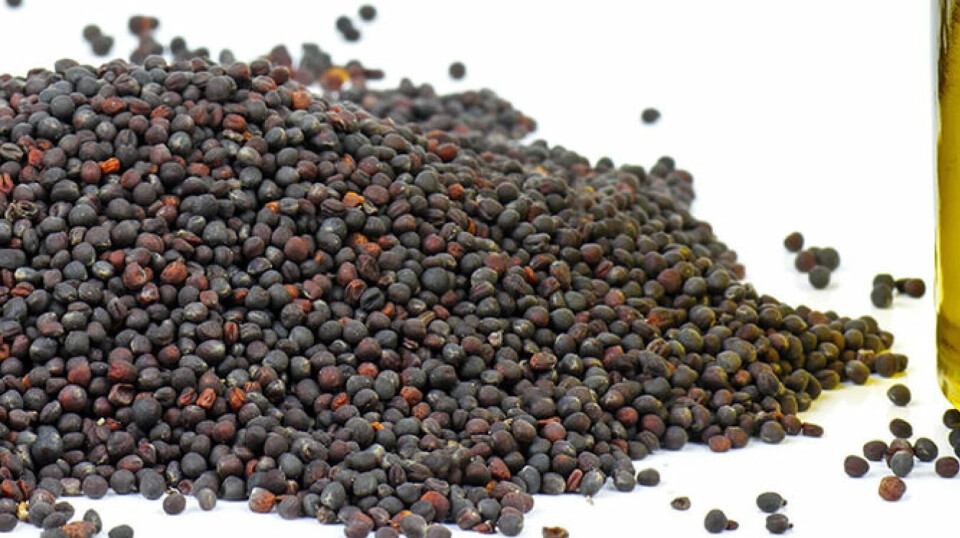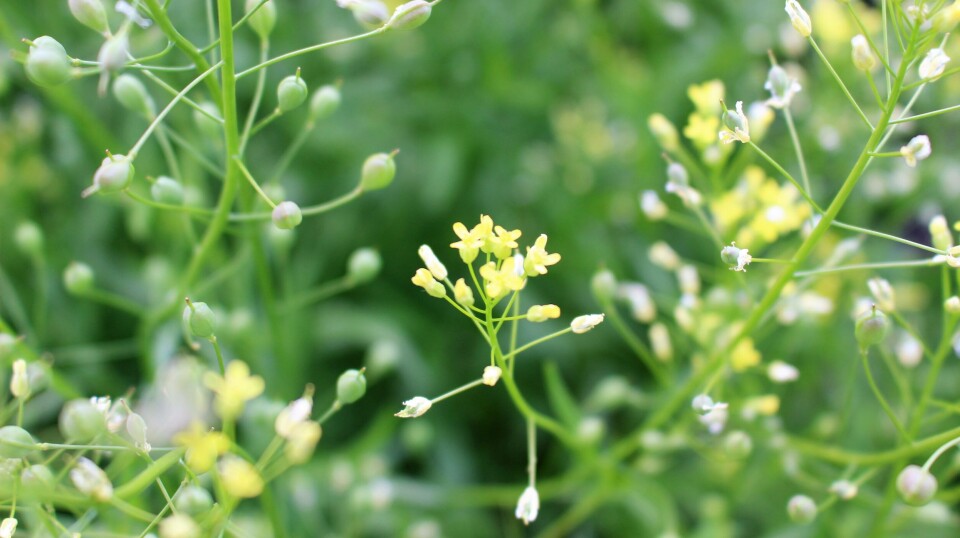
Same weight, more omega-3: rainbow trout thrive on GM camelina oil
A diet containing omega-3 and astaxanthin that were both derived from the same genetically modified camelina did not adversely affect the growth and welfare of rainbow trout used in a feed trial, researchers have reported.
The fillets of fish that were fed the GM-derived ingredients contained more health-promoting omega-3 long chain fatty acids - EPA (eicosapentaenoic acid) and DHA (docosahexaenoic acid) - than fish in a control group who were fed a standard diet.
But fillet pigmentation and tissue carotenoid levels were lower in fish fed the camelina-derived astaxanthin compared to fish in the control group that had synthetic astaxanthin in their feed.
The 10-week feed trial was carried out by Norway’s Institute of Marine Research (IMR), using feed sprayed with oil extracted from GM camelina grown under permit on Rothamsted Research’s experimental farm in Hertfordshire, England. The camelina has been genetically engineered to produce both EPA and DHA and astaxanthin, which gives salmonids their pink colour and is also an antioxidant.
Same weight, more omega-3
“The rainbow trout that were given the alternative feed reached the same final weight as the fish that were given traditional feed,” said researcher Angelico Madaro in an article on the IMR website.
“The fillet quality was also the same, but with slightly higher levels of omega-3 in the fish that received the new feed. The only thing we saw was that the colour of the meat in these fish was slightly weaker.”
The researchers also investigated whether the feed could have consequences for fish health and welfare.
To find the answer to this, fish from both feed groups were given a training session in a swim tunnel before the researchers took samples from them.
“Then we could both investigate whether there are changes in the swimming capacity of the different groups or different stress markers in the blood.
“The diet did not affect swimming capacity, nor were there any differences in stress response. This suggests that the modified feed does not negatively affect fish welfare.”
Camelina sativa
The plant used by Rothamsted is Camelina sativa, a type of rapeseed.
Norway’s Scientific Committee for Food and the Environment (VKM) has previously risk-assessed the use of Aquaterra, an oil made from another GM rapeseed plant, canola. It concluded that it does not pose an increased health risk to the fish, compared to conventional feed.
Much of the research on the suitability and safety of Rothamsted's oil has been carried out by Stirling University's Institute of Aquaculture, but the use of GM ingredients remains prohibited in Scotland.
Professor Johnathan Napier, who has led the development of Rothamsted’s camelina over 20 years, says the oil extracted from camelina is a better analogue for fish oil than Aquaterra as it contains 10% each of EPA and DHA whereas GM canola predominantly produces DHA.
The IMR project is a collaboration with the French research instsitue INRAe, Rothamsted Research, and the University of Stirling. The project leader is Stirling's Mónica Betancor. The project is funded by the EU program AquaExcel 3.0 (TNA).
A detailed scientific paper about the feed trial, published in the journal Aquaculture, can be read here.

























































